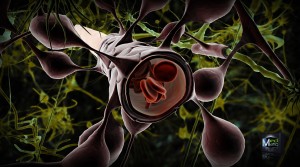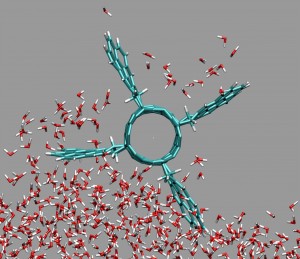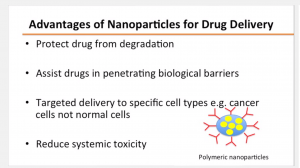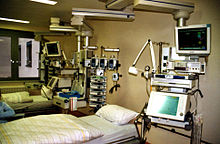The giant panda, also known as panda, is a bear that originated from South Central China. They are known for their iconic black patches around their eyes, ears, and their body. Pandas are treasured in China, and also used as the national symbol of the World Wildlife Fund (WWF). On average, a giant panda weighs from 220-330 pounds, and the adults are able to grow to more than four feet. Bamboo makes up 99% of Panda’s diet. They must eat from 26 to 84 pounds of it everyday; they also tend to consume meat in the form of birds, rodents or carrion. They are the rarest of the bear family, and live in bamboo forests, in the mountains of western China.
Pandas are known to be terrestrial animals, and spend most of their times wandering around the forest, eating bamboo, and climbing trees. Each panda has its own territory, and the females mostly do not tolerate other females around them. The brief interaction pandas have with one another is during mating season, after which the male leaves the female to raise the cub alone. One unique trait of the panda is their wrist that acts as thumbs that help them hold the bamboo as they bite into the bamboo whith their strong teeth. Though pandas are known to be gentle animals, at times, they to tend to attack humans. It is presumed that these attacks are because of irritation and not aggression. Life span of a panda is around 20 years in the wild. Unfortunately they are in the danger of going extinct.
Because pandas reproduce infrequently, they are classified as endangered animals. They are coming close to being extinct, with only 1,864 in the world remaining. One of the reasons that pandas are endangered is because of habitat destruction. Since the population of China continues to increase and grow, their habitats are being taken over and are forced to live in smaller and riskier areas. Habitat destruction also causes food shortages. Pandas feed on different types of bamboos that grow at different times of the year. Once a specific type of bamboo is no longer around, pandas are left with nothing to eat which later on leads to starvation. Pandas play a crucial role in the bamboo forests, by spreading seeds and helping the growth of vegetation to area and habitats of many different other animals. The panda is an important attraction of China’s economy and by saving them, China can bring huge benefits to communities through ecotourism.

Khashayar Noroozzadeh Rahimi























